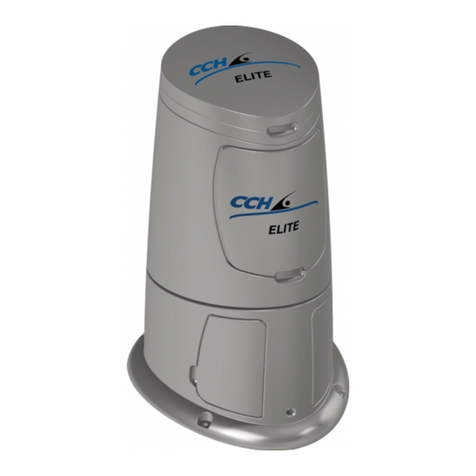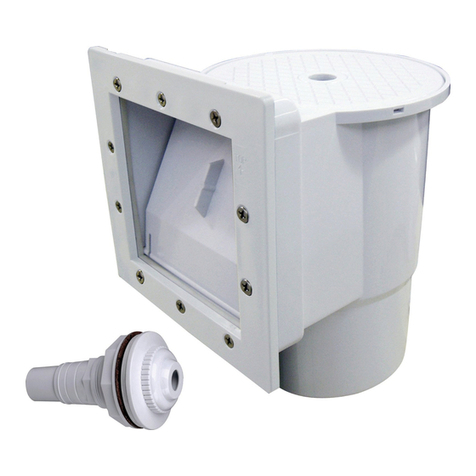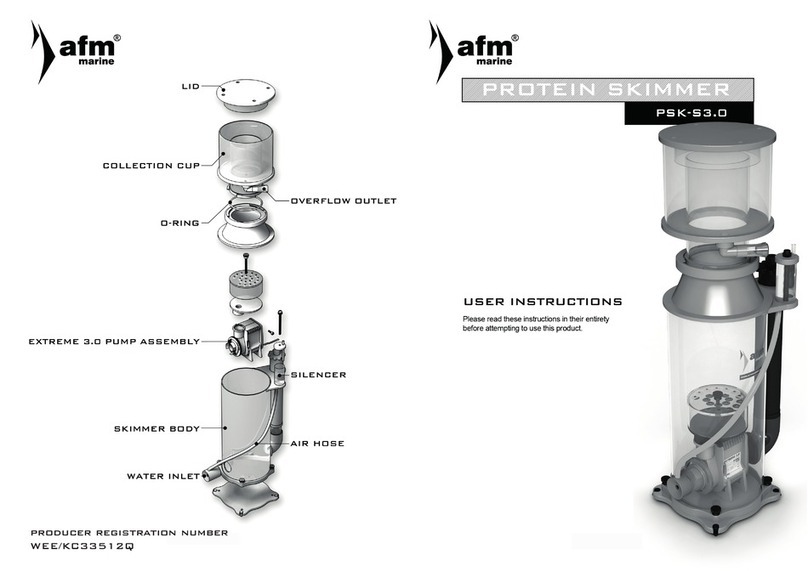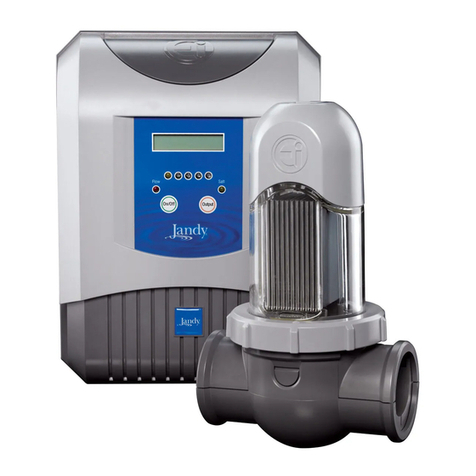Zodiac C Series User manual
Other Zodiac Swimming Pool Filter manuals
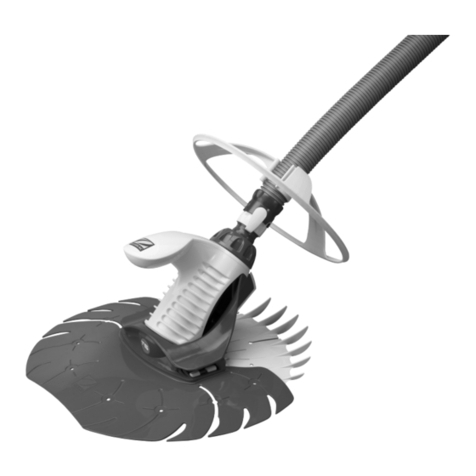
Zodiac
Zodiac Baracuda T5 Duo User manual
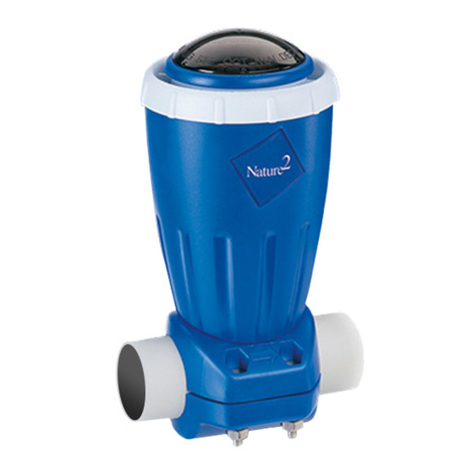
Zodiac
Zodiac Nature2 Express User manual

Zodiac
Zodiac pH Perfect Guide

Zodiac
Zodiac eXO Installation and operating instructions

Zodiac
Zodiac PH Expert User manual

Zodiac
Zodiac PH Expert User manual

Zodiac
Zodiac TRi PRO Module User manual
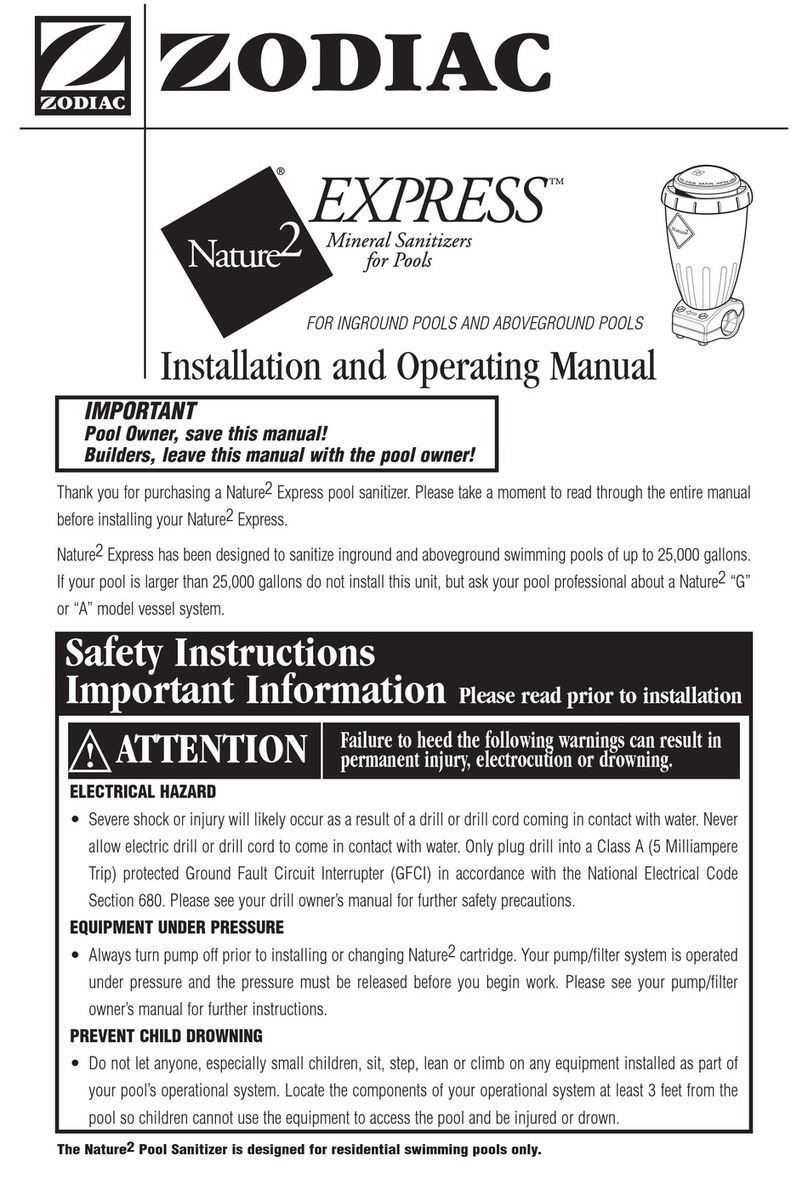
Zodiac
Zodiac Nature 2 Express User manual
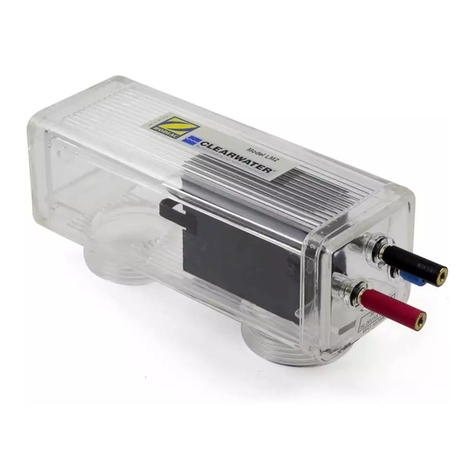
Zodiac
Zodiac ClearWater LM2 User manual

Zodiac
Zodiac DuoClear Programming manual

Zodiac
Zodiac eXPERT User manual
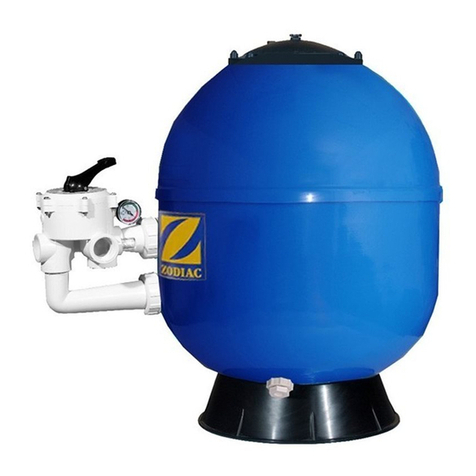
Zodiac
Zodiac BOREAL Use and care manual

Zodiac
Zodiac DuoClear 25 User manual
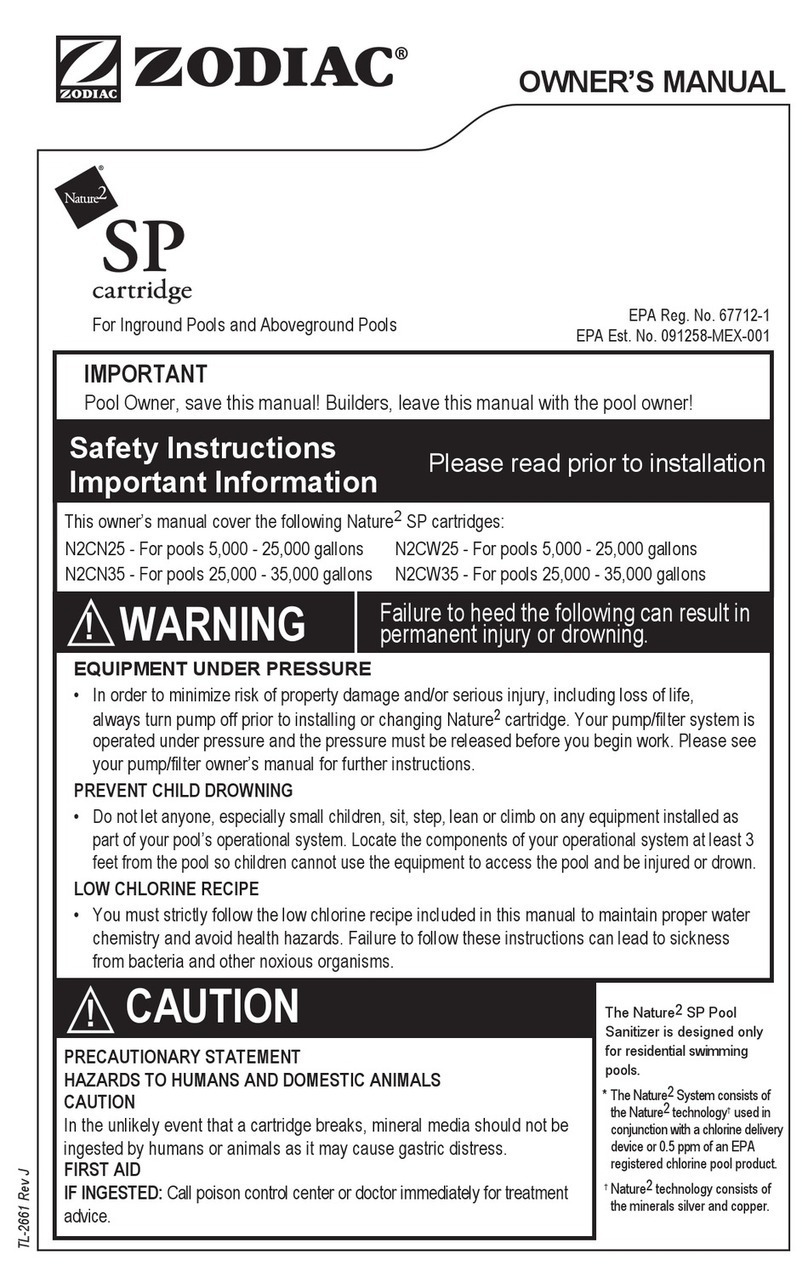
Zodiac
Zodiac Nature2 N2CN25 User manual
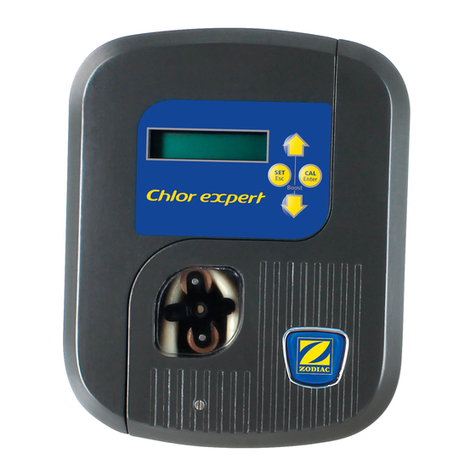
Zodiac
Zodiac Chlor Perfect User manual
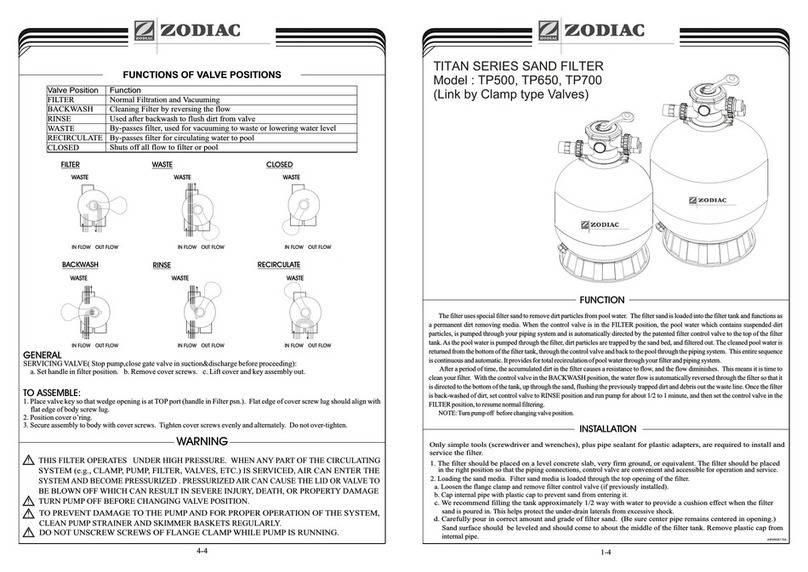
Zodiac
Zodiac TITAN SERIES TP500 User manual

Zodiac
Zodiac Ei 10 User manual
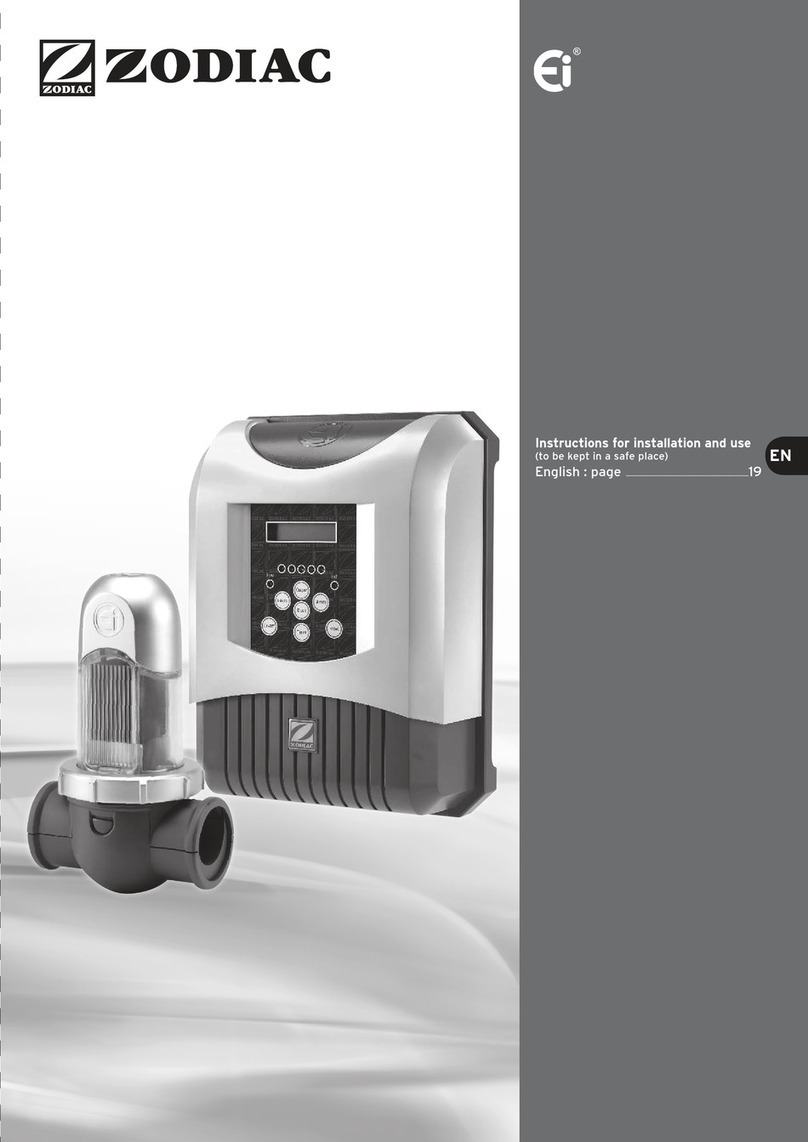
Zodiac
Zodiac EI2 Expert 18SWC EU VS User manual

Zodiac
Zodiac Nature2 Express User manual
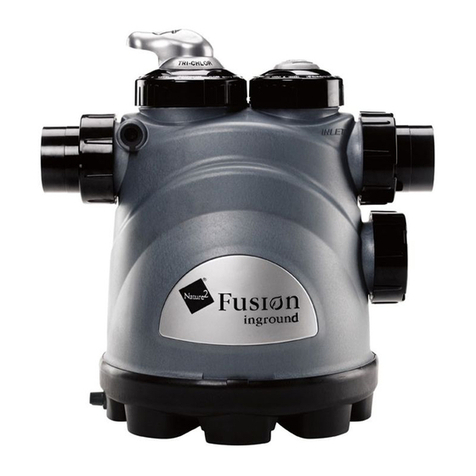
Zodiac
Zodiac Nature2 Fusion User manual
Popular Swimming Pool Filter manuals by other brands

SACOPA
SACOPA 30889 Installation and maintenance manual
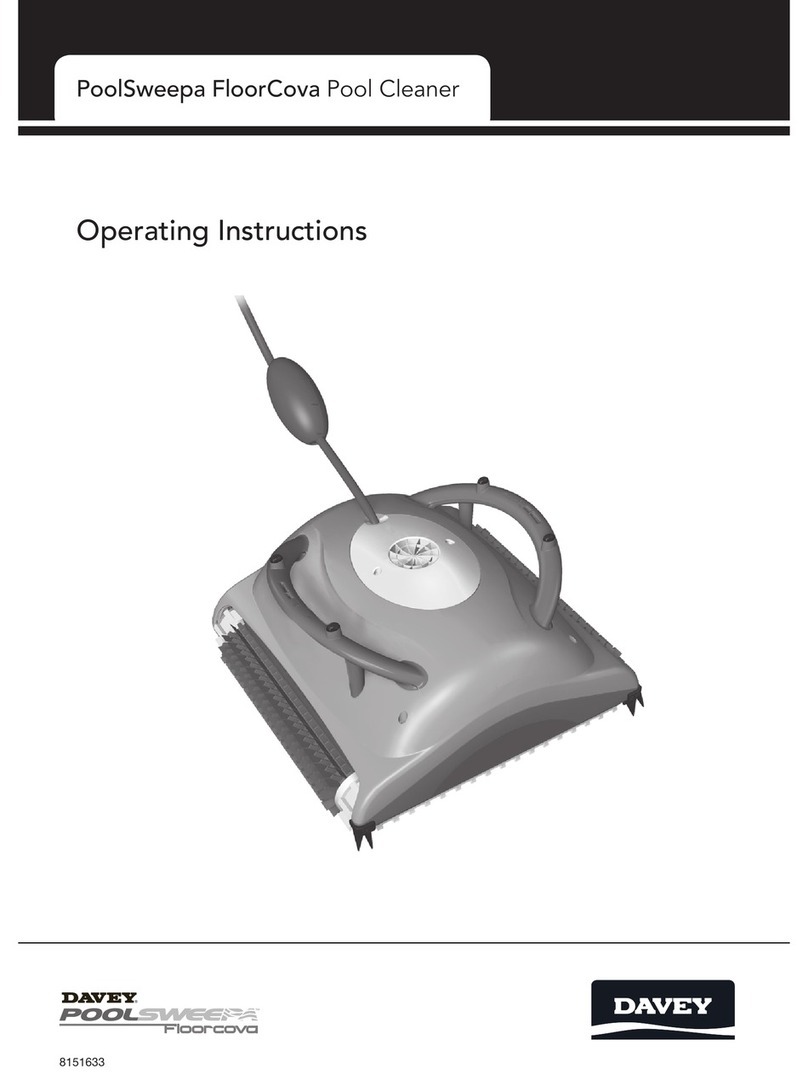
Davey
Davey PoolSweepa FloorCova operating instructions
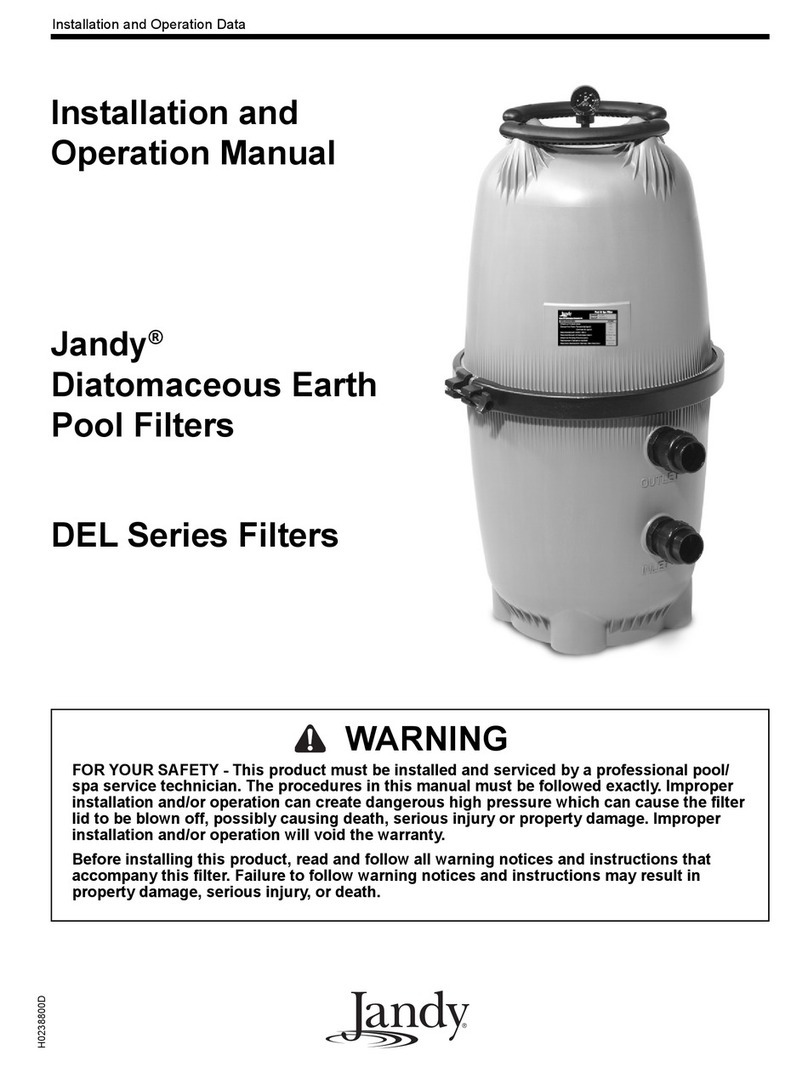
Jandy
Jandy DEL Series Installation and operation manual
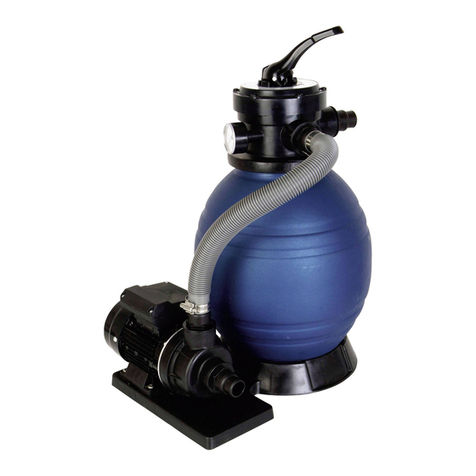
T.I.P.
T.I.P. SPF 180 operating instructions
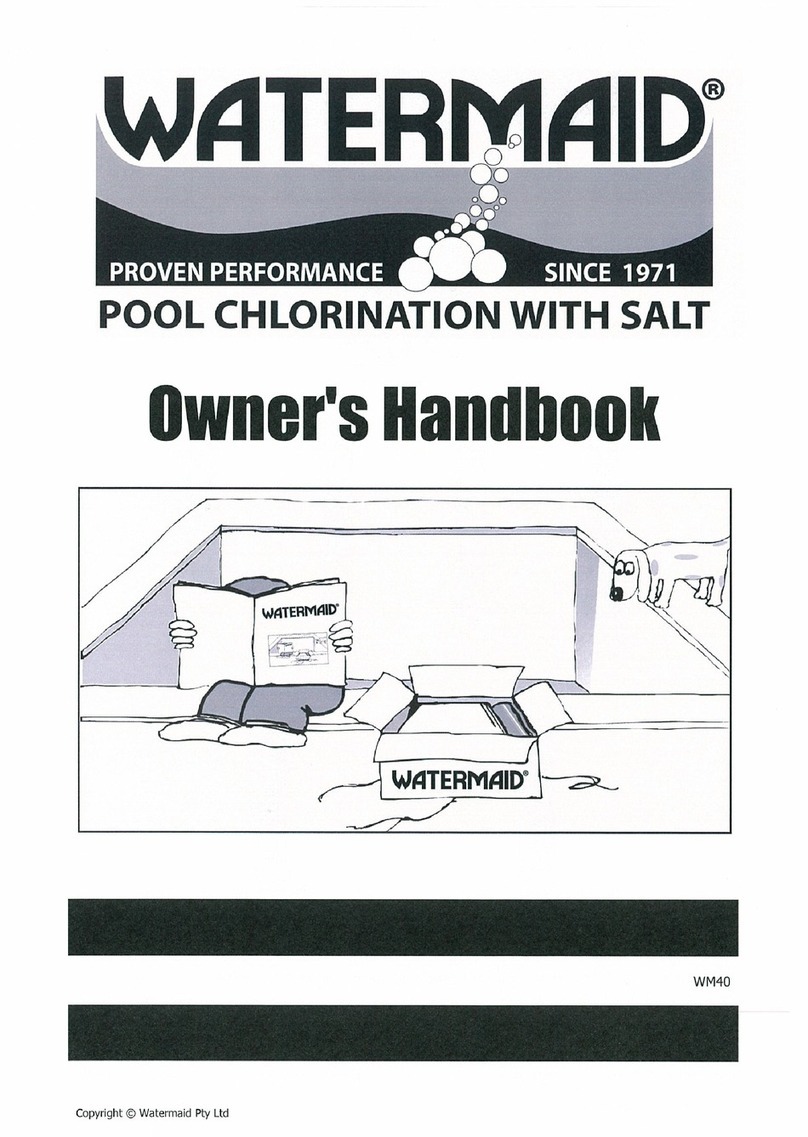
Watermaid
Watermaid WM40 User handbook
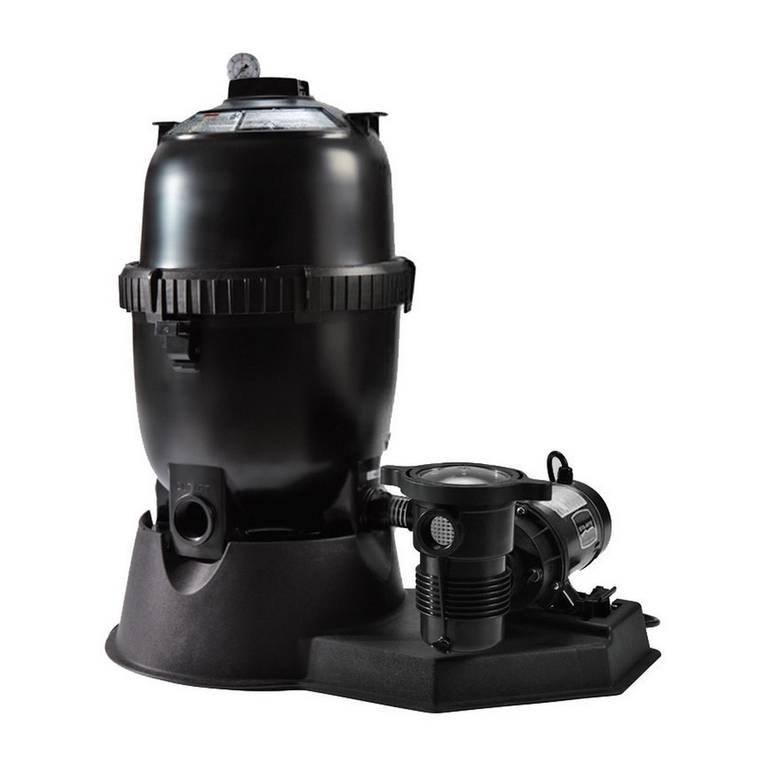
Pentair
Pentair PLM 100 Installation and operating instructions

Fiap
Fiap WallSkim Active manual
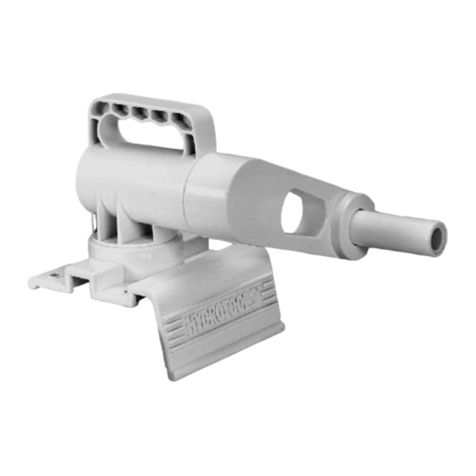
HydroTools
HydroTools Pool Cover Roller instructions
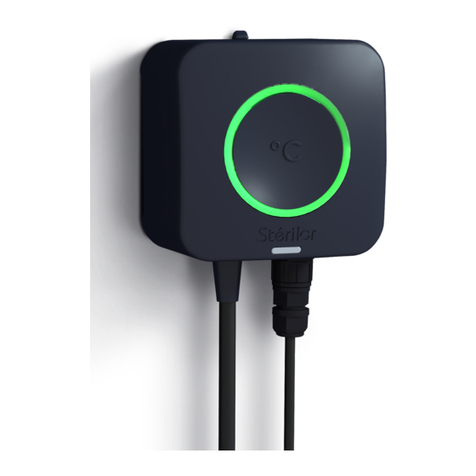
Sterilor
Sterilor XP Connect Installation and user manual
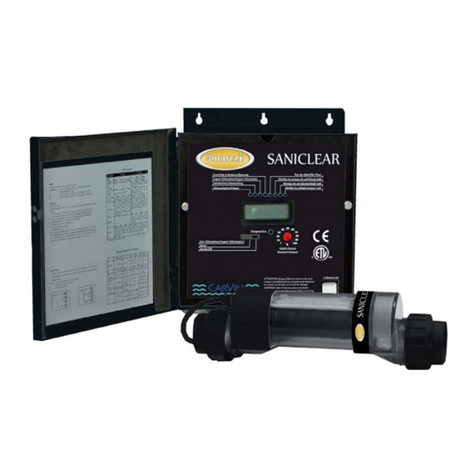
CARVIN
CARVIN SANICLEAR40 Operation and installation manual

Bestway
Bestway InflateYourFun 58233 owner's manual
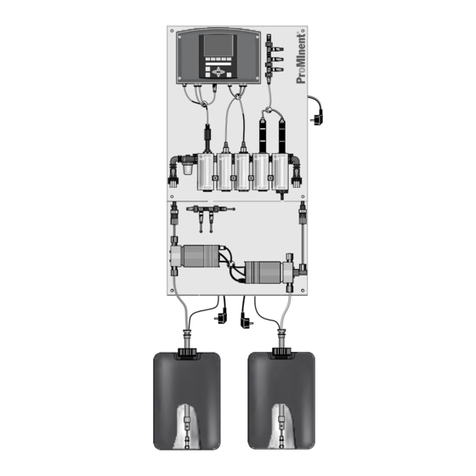
ProMinent
ProMinent DULCODOS Pool Professional Assembly and operating instructions
